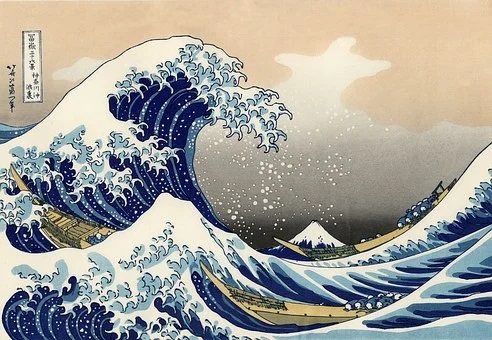One needs to make a strenuous effort in the Ngöndro Practices, it may take three or five years, or even longer. One should not hasten to seek results. The process is vital, one needs to engage in solid practice methodically. Some of Patrul Rinpoche’s students had practiced Ngöndro over ten or twenty times, eventually all of them attained enlightenment. We need to meet all criteria of attaining enlightenment through practicing Ngöndro. Our mind is so turbulent and our defilements are so severe, without the power of Ngöndro, it’s impossible for us to attain enlightenment.
~Depicted from LUMINOUS WISDOM BOOK SERIES











